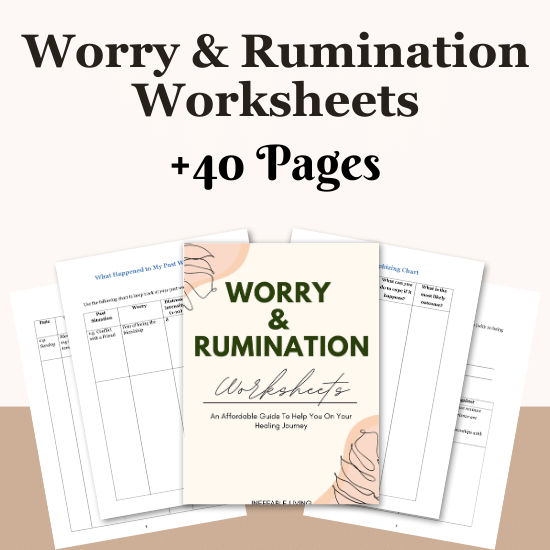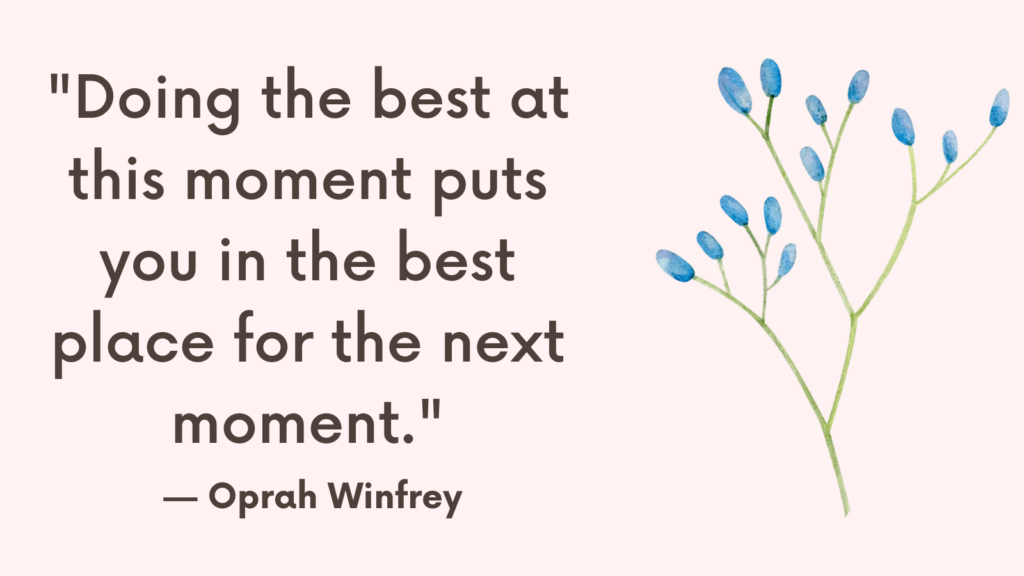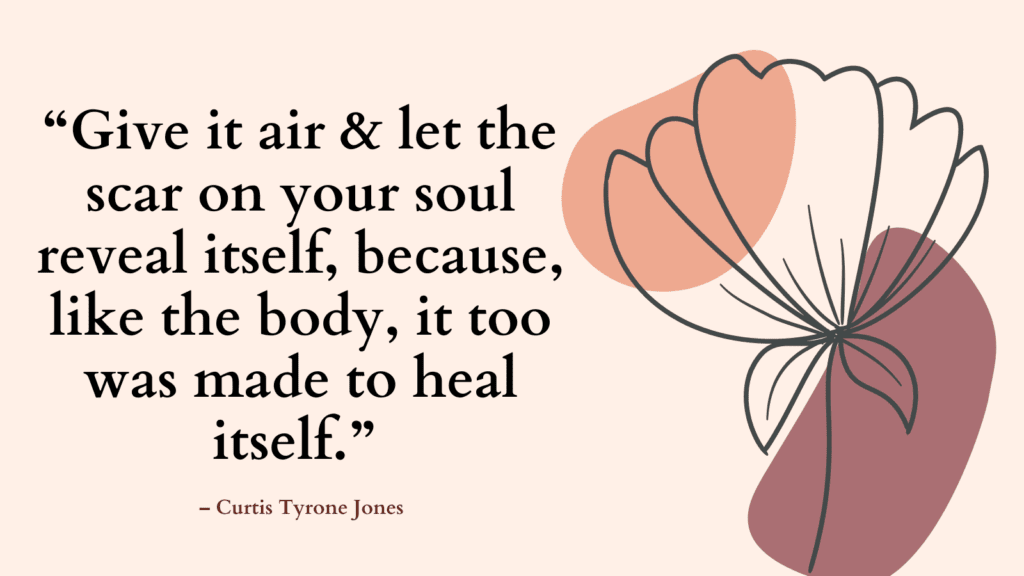In this post, you’re going to learn how to stop worrying and fall asleep.
How To Stop Worrying And Fall Asleep?
Falling asleep can feel like an impossible task when your mind is crowded with worries.
Whether it’s replaying the day’s events or fretting about tomorrow’s challenges, anxiety often peaks at night, turning what should be a restful period into a time of restlessness.
The Role of Routine and Environmental Cues
One effective way to combat bedtime worries is by developing a calming pre-sleep routine and optimizing your sleep environment.
For instance, using a comfortable sleep mask can significantly improve sleep quality.
Products like a sleeping mask are designed to block out light completely, helping signal to your brain that it’s time to wind down.
The absence of light plays a crucial role in signaling your brain to decrease alertness and usher in sleep hormone production, such as melatonin.
Related: Am I Sleep Deprived Quiz (+Top Tips On How To Get Quality Sleep & Stop Bad Dreams)
Training Your Brain for Better Sleep
Our brains and bodies are naturally proficient at sleeping, but bad habits can lead to sleep disturbances.
Establishing a consistent bedtime routine can help condition your brain to recognize when it’s time to sleep.
Incorporating elements like dimming lights, using a sleep mask, or engaging in relaxation exercises can create paired associations that signal sleep readiness to your brain.
Redirecting Your Mind from Worry
Unfortunately, for many with insomnia, the bed has become associated with worrying.
This can be redirected by training your brain to engage in worry at more appropriate times of the day.
1. Schedule Worry Time
Instead of worrying at night, designate a “worry time” earlier in the day. Spend about 15 minutes addressing your worries.
This practice can prevent your brain from feeling the need to process everything at night.
Related: Best 25 Night Journal Prompts To Help You Sleep Faster
2. Write Down Your Worries
Writing down what’s on your mind is a therapeutic exercise.
It helps manage your thoughts and prevents them from spiraling at bedtime.
3. Determine Actionable Steps
Separate actionable worries from hypothetical ones.
For concerns you can address, plan specific steps.
For those you cannot act on, practice acceptance.
4. Develop a Relaxation Routine
Engage in relaxing activities before bed, such as reading, meditating, or listening to soothing music.
This can help transition your brain from the hustle of the day into a peaceful night’s sleep.
Related: Best 21 Evening Journal Prompts To Help You Relax & Unwind
5. Utilize Relaxation Techniques
Techniques such as progressive muscle relaxation or mindfulness can help calm your mind and prepare your body for sleep.
These practices reduce stress and anxiety by focusing your attention on relaxation rather than worries.
The Long-Term Solution to Worry-Based Insomnia
To effectively stop worrying at night, it’s essential to deal with your anxieties during the day.
Keeping your brain too busy or distracted can delay worry processing until the quiet of the night.
By confronting these issues head-on during daylight, you allow your brain to relax and prepare for restful sleep.
Related: Best 10 Books About Sleep

Conclusion
Transforming worry into a structured daytime activity can dramatically improve your sleep quality.
Remember, changing habits takes time and consistency.
Start integrating these practices into your daily routine, and over time, your brain will relearn to associate the bed with sleep instead of stress.
By adopting these strategies, you can enjoy the benefits of a restful night, waking up refreshed and ready to tackle the day ahead.



